
UDK: УДК 616.314-089.23 : 615.8
A. V. Poroshin, V. I. Shemonaev, V. F. Mikhalchenko, D. V. Mikhalchenko
Волгоградский государственный медицинский университет, кафедра ортопедической стоматологии
One of the most important factors for long-term success and efficiency of dental implants is the implant rigidity in the jawbone which tends to change during osseous healing process either postoperatively or at any time thereafter. The first two weeks after implantation are predicative of both the development of inflammatory complications and implant success (Paraskevich V. L. 2002; Tulay J. F. Pataraya G. 2001). Reducing inflammatory responses, improving tissue adaptation following dental implant placement as well as having the ability to predict osseointegration success are of huge importance (Arutyunov S. D., Grigoryan L. A. 2003; Ivanov S. Y., Kuznetsov V. G. 2005).Given that biologically active substances have a homeostatic action and affect physiological regulation, including reparative regeneration of the affected tissues, drug-free modalities can potentially influence the opioidergic mechanisms of the brain. Thus, improving the efficiency of treating patients with orthopedic implant-retained constructions through application of TCES therapy in the postoperative period after implant placement is of great interest.
experiment, osseointegration, transcranial electrostimulation (TCES therapy), dental implant.